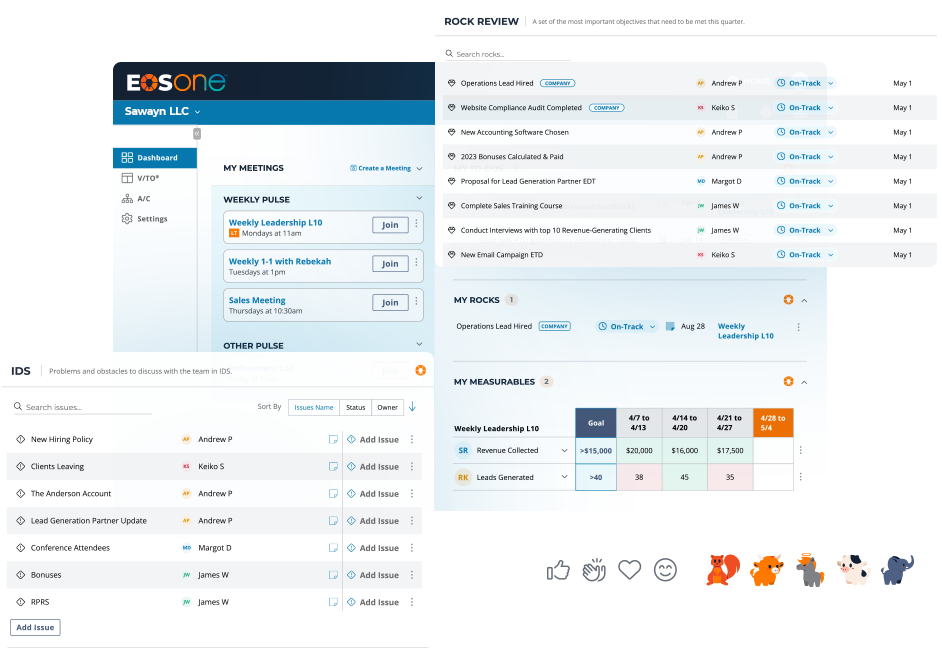Retirement marks a seismic period of transition in most business owners’ lives. It requires significant orchestration to build an effective succession plan that positions new leadership and the company for future success. When it comes to family-owned businesses, there can be additional complexities in identifying and preparing the talent pipeline while keeping relationships and operations intact.
Industry: Fitness
Location: East Coast
Focus Areas: Management synergy and teamwork, family governance, successor preparation, communication skills, organizational management, leadership and management continuity
The Challenge:
The founder and CEO of a well-established, 20-year-old fitness company wants to retire in five years and is ready to build a succession plan. Entrusting stewardship of the company will require careful orchestration. The organization is adjusting to a new COO brought in one year ago, the senior leadership team (SLT) is geographically dispersed, and the owner is committed to installing his daughter (also on the C-team) as the new CEO upon his departure. There is a lack of clarity in the organization’s leadership and reporting structure and lines of communication are often unclear. Most SLT members are longtime employees and go directly to the CEO with questions and concerns, which mires him down in the day-to-day operations.
The Solution:
The CEO partnered with Certified EOS Implementor Franck Saragossi to determine if the company was experiencing people problems or process problems. Applying the EOS (Entrepreneurial Operating System®) methods and tools, Saragossi worked with the CEO and COO to improve communications and the C-team reporting structure, positioning the company for sustainable success.
The Result:
Via monthly sessions, the leadership team set priorities and approached organization-wide communications. They simplified the roles and responsibilities of the core group of senior leaders, reducing the team from 12 to six. A new accountability chart clearly positioned the COO as the main point of communication, which enabled the CEO to focus on strategy and succession planning. Weekly CEO-COO meetings created a unified partnership — built upon reciprocated respect and trust — enabling them to align on a strategy for management synergy and continuity.
The streamlined C-team then developed 90-day business priorities and quarterly goals, managed and measured with weekly pulse meetings and scorecards. All of this led to greater trust among the entire SLT team. And with improved clarity at the leadership level, issues and challenges began to be resolved at the department level without needing to engage the owner in day-to-day decision-making.
This freed up the owner, COO and his daughter to focus on their transition plan and a shared vision of generational success. They aligned on how to distribute resources and what he was going to hand down in his succession. Now, there is a 1-3-10-year succession plan focused on growing the business, and the owner can see himself exiting the company in five years with a leadership team poised for future and sustainable success.


